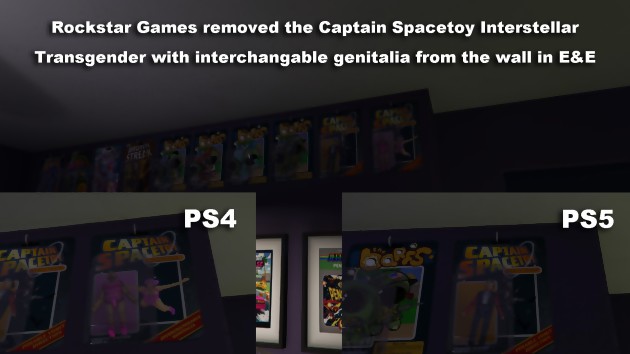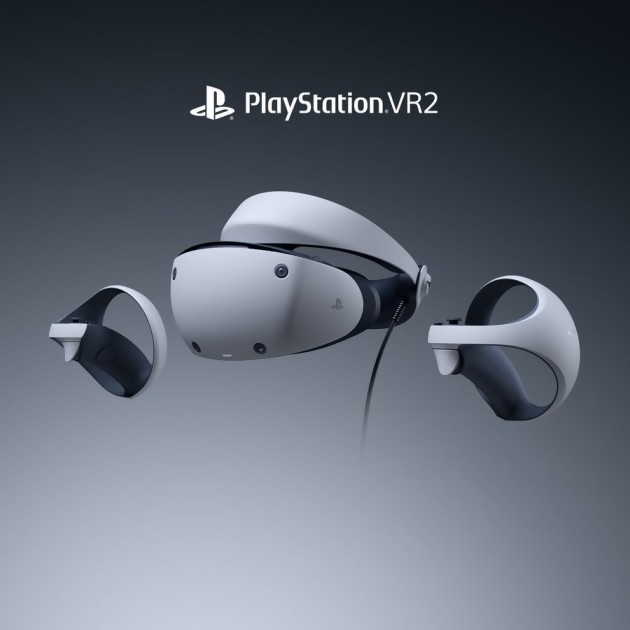
The best streamers in the world all have one thing in common. Well, maybe two: they have a large and engaged audience, and one hell of a camera to show off with. While webcams like Logitech and Razer have made strides in image quality, nothing can quite beat the quality of a real DSLR camera.
The biggest difference between a webcam and a DSLR camera is their image quality. DSLR cameras are more detailed and feature-rich, have better low-light capabilities, and many other customizable features included, especially when it comes to image quality. On the other hand, while webcams are capable of shooting 4K or getting 1080p at 60 frames per second, they trade image quality and customization for simplicity. All you have to do for a webcam is plug it in and place it at the top of your screen. DSLRs can also be easily plug-and-play into a PC, but you need a tripod or somewhere to put your camera. Then there's the price difference between the two, which is easily what drives regular people towards webcams. Some DSLR cameras are some of the best cameras on the market today and their prices may scare some people off.
If you're really looking to improve your stream, check out some of the best DSLR cameras for streaming.
Canon EOS 5D Mark IV

Related: The 5 best budget microphones of 2021 for streaming | Budget-friendly streaming mics
Canon's EOS series of cameras are one of the best Canon has to offer and are used by just about everyone in the visual media space. Although it might be a few years old now, the EOS 5D Mark IV might just be one of the best cameras Canon has ever produced.
The 5D Mark IV features a 30,4MP sensor with a DIGICX 6+ sensor to create crisp image quality, and it can record 4K at 24fps or 30fps. It also easily records at 1080p and both 60fps and 720p and 120fps, but without audio. Along with its impressive camera quality features, it also has a very impressive autofocus feature which is perfect for streaming to make you stand out from the rest of your background no matter how good it is. or its quality. It's almost like having full Nvidia Broadcast software in a camera, without the Nvidia part.
Here is the kicker, its price, which will be a theme throughout this list. The EOS 5D Mark IV starts, body-only, at $2. Remember that buying a DSLR camera for streaming purposes is an investment in itself, perhaps even more so than your actual desktop computer. However, if you decide to spend the money, you get one of the best cameras ever made.
Nikon D780

Not to be outdone by rival Canon, the Nikon D780 offers much the same quality as Canon's EOS 5D Mark IV above, but around $500 less and with a few caveats.
The D780 also has 4K video capabilities, except for a lower 24 MP sensor. It can record 4K UHD at 2160p at 30 fps and Full HD 1080p from anywhere between 25 and 100 fps (60 fps is the sweet spot here). However, unlike Canon, it has an extremely fast and precise 51-point autofocus system, but it sacrifices image stabilisation. Since your camera will stay still on a tripod during your streams, this shouldn't be a problem unless you tend to move around a lot and throw tantrums on the streams for views (it happens, believe me). me).
While this camera is about as sharp and fast as its 5D Mark IV rival, it offers incredible image quality and processing speed at the sacrifice of a few features, like image stabilization and even a flash. But for those looking to save even a few bucks on a camera that's already over $2, Nikons are still a good choice.
Canon EOS 80D

For those not looking to spend more than $2 on a DSLR, the EOS 000D is around $80, almost half the price of either of the two cameras listed above. and is a favorite among vloggers and streamers.
The EOS 80D features a 24MP sensor similar to the previously mentioned and twice as expensive Nikon D780, as well as 45-point cross-type autofocus, giving you crisp, clear images no matter what. lighting. While it might be half a step slower than the two $2 DSLR cameras listed above, you still get nearly the same image quality with the DIGIC 000 processor, even if it tops out at 6p.
The truth is, while you can hit 4K resolution with your main camera with the two cameras listed above, you won't really notice the 4K resolution when streaming and many of your viewers won't. Cameras like the EOS 80D offer equally similar and practical image quality at nearly half the price of newer, more feature-rich DSLR cameras. The 80D, and even the newer, slightly more expensive 90D, work great as streaming cameras and will save you a ton of money in the end.
Related: The 7 best dual monitor stands of 2021
Panasonic Lumix GH4

Panasonic cameras, not to mention everything else, tend to get lost in electronics overhaul compared to today's big names. The Lumix GH4 costs around $700 and compares to the powerful cameras from Canon and Nikon, and is also the first of two mirrorless cameras on this list, giving it blazing speed to capture all images, also perfect for Broadcast.
The GH4 features cinema-quality DCI 4K video recording at 24 fps, smooth UHD 4K video recording at 30 fps, and Full HD 1080p recording at 60 fps. Cinema-quality 4K is the most intriguing part of the GH4 because it's the only camera on this list to offer this kind of quality recording that would make any streaming shot really, really intriguing from a video perspective. quality. It's certainly overkill, but we'll take it.
The best part of the GH4 is its quality for the price. While you can get the upgraded GH5 for about double the cost, you can get a camera that delivers insane cinematic quality for your stream not just for less than $1, but for less than $000, which makes it an absolute steal.
Sony Alpha a7 III

Sony's mirrorless cameras hit the scene a few years ago and the Alpha a7 III is one of the best in the range and is perfect for streaming.
For starters, the size factor alone, the a7 shouldn't take up much desk space as it's not a big, bulky DSLR like those from Canon or Nikon. The a7 is another mirrorless camera that made this list and features a 24,2MP BSI Exmor R CMOS sensor and BIONZ image processor, meaning it's as reliable as it gets. possible for autofocus, subject tracking and wide coverage. Its high-performance BIONZ image processor helps reduce noise, resulting in much better image clarity, even with a sub-30MP image sensor. It also shoots video in 4K, giving you the 4K camera footage you want for your stream and it connects easily to your PC with its own HDMI output.
The Alpha a7 III is by no means a cheap camera and can give high-end Canon and Nikon cameras good value for money. Sony's mirrorless cameras offer nearly all of the same features as larger Canon and Nikon DSLRs in a much smaller package.
For more hardware guides, check out the 7 Best Gaming Desk Accessories of 2021 on Pro Gaming Guides!


























